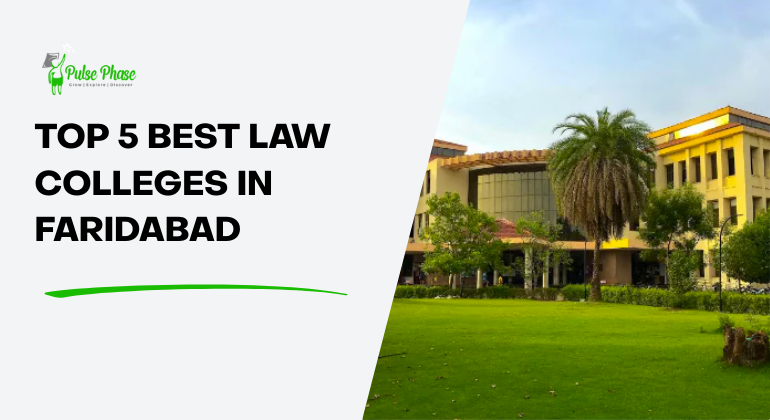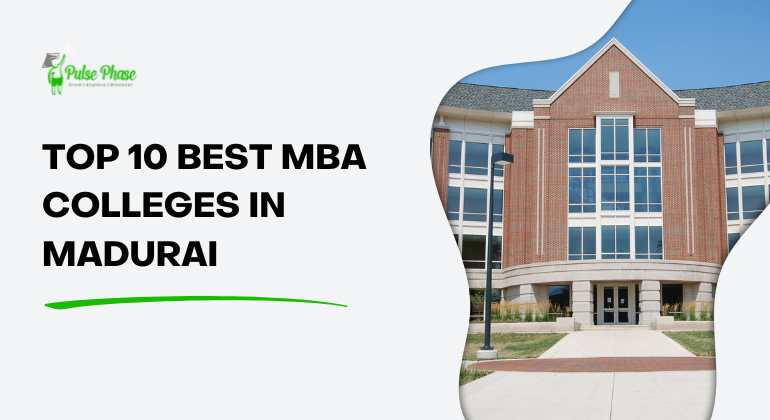Medical Science Books and Syllabus is one of the optional subjects that is offered by UPSC. This subject is predominantly opted by those who have a medical or science background. For the candidates with a non-science background, it is not a feasible option to go with. There is not a very large competition in this subject. But, if you are the one who has a grip on this subject and has a similar background then you can go for it.
If you are not familiar with the subject then you will be frightened even after seeing the syllabus of this subject. This subject has two optional papers and both have a varying syllabus. If you opt for this subject then you have to follow the specified medical science syllabus. This syllabus is very straightforward and static. You need not rush here and there to collect study material for this subject.
So, without landing to the preparation have a thorough glance at the optional syllabus for Medical Science. This will help you analyze which areas you are familiar with and where you need to work upon. Have a look at the Medical Science optional syllabus for strategizing your preparation.
Best Booklist for Medical Science optional for UPSC Exam
Medical science is an optional subject that is chosen mainly by students from Medical backgrounds There are a lot of books available in the market that you can choose to refer to or study for the medical science optional exam. But it’s very important to make sure that the books you have selected are the right ones. Here are some of the best medical science optional upsc books written by prolific writers that you can refer to.
Medical Science optional Books for Paper 1
- Illustrated Reviews Pharmacology -Lippincott
- Microbiology– D R Arora
- Medical Parasitology- D R Arora
- Ananthanarayan and Paniker’s Textbook of Microbiology
- Essentials of Forensic medicine and Toxicology- Dr. K S Narayan Reddy
- Park Textbook of Preventive and Social Medicine- K Park
- Human Anatomy—B D Chaurasia
- Embryology from I B Singh;
- Human Physiology– Ganong; Guyton and A.K. Jain book
- Biochemistry– by U. Satyanarayana book.
- Pathology– Robbins, and Cotran
- Textbook of PATHOLOGY- Harsh Mohan
- Essentials of Medical Pharmacology-KD Tripathi
Medical Science optional Books for Paper 2
- Practical Aspects Of Pediatrics- Dr. Mayoor K Chheda
- Illustrated Synopsis of Dermatology and Sexually Transmitted Diseases- Dr. Neena Khanna.
- Textbook of Obstetrics- D.C. Dutt
- General Medicine textbook of medicine- S N Chugh
- Medicine: Prep Manual for Undergraduates- George Mathews
- Emergency medicine- S N Chugh.
- Manipal Manual of Surgery- K. Rajgopal Shenoy
- Clinical surgery- S Das.
- Pediatrics– Essential pediatrics by O P Ghai, Paul and Bagga.
Medical Science Optional Syllabus for Paper-I
- Human Anatomy: Applied anatomy including blood and nerve supply of upper and lower limbs and joints of the shoulder, hip, and knee. Gross anatomy, blood supply, and lymphatic drainage of the tongue, thyroid, mammary gland, stomach, liver, prostate, gonads, and uterus. Applied anatomy of diaphragm, perineum, and inguinal region. Clinical anatomy of kidney, urinary bladder, uterine tubes, vas deferens.
2. Embryology: Placenta and placental barrier. Development of heart, gut, kidney, uterus, ovary, testis, and their common congenital abnormalities.
3. Central and peripheral autonomic nervous system: Gross and clinical anatomy of ventricles of the brain, circulation of cerebrospinal fluid; Neural pathways and lesions of cutaneous sensations, hearing, and vision; Cranial nerves, distribution and clinical significance; Components of the autonomic nervous system.
4. Human Physiology: Conduction and transmission of impulse, mechanism of contraction, neuromuscular transmission, reflexes, control of equilibrium, posture and muscle tone, descending pathways, functions of cerebellum, basal ganglia, Physiology of sleep and consciousness. Endocrine system: Mechanism of action of hormones, formation, secretion, transport, metabolism, function, and regulation of secretion of pancreas and pituitary gland. Physiology of reproductive system: Menstrual cycle, lactation, pregnancy. Blood: Development, regulation, and fate of blood cells. Cardio-vascular, cardiac output, blood pressure, regulation of cardiovascular functions.
5. Biochemistry: Organ function tests-liver, kidney, thyroid Protein synthesis. Vitamins and minerals. Restriction fragment length polymorphism (RFLP). Polymerase chain reaction (PCR). Radio – immunoassays (RIA).
6. Pathology: Inflammation and repair, disturbances of growth and cancer, Pathogenesis and histopathology of rheumatic and ischemic heart disease and diabetes mellitus. Differentiation between benign, malignant, primary, and metastatic malignancies, Pathogenesis, and histopathology of bronchogenic carcinoma, carcinoma breast, oral cancer, cancer cervix, leukemia, Etiology, pathogenesis, and histopathology of cirrhosis liver, glomerulonephritis, tuberculosis, acute osteomyelitis.
7. Microbiology: Humoral and cell-mediated immunity Diseases caused by and laboratory diagnosis of – Meningococcal, Salmonella Shigella, Herpes, Dengue, Polio HIV/AIDS, Malaria, E. histolytica, Giardia Candida, Cryptococcus, Aspergillus
8. Pharmacology: Mechanism of action and side effects of the following drugs Antipyretics and analgesics, Antibiotics, Antimalaria; Antikala-azar, Antidiabetics Antihypertensive, Antidiuretics, General and cardiac vasodilators, Antiviral, Antiparasitic, Antifungal, Immunosuppressants Anticancer.
9. Forensic Medicine and Toxicology: A forensic examination of injuries and wounds; Examination of blood and seminal stains; poisoning, sedative overdose, hanging, drowning, burns, DNA and fingerprint study.
Medical Science Optional Syllabus for Paper-II
1. General Medicine: Etiology, clinical features, diagnosis, and principles of management (including prevention) of: – Tetanus, Rabies, AIDS, Dengue, Kala-azar, Japanese Encephalitis. Etiology, clinical features, diagnosis and principles of management of: Ischaemic heart disease, pulmonary embolism. Bronchial asthma. Pleural effusion, tuberculosis, Malabsorption syndromes, acid peptic diseases,
Viral hepatitis and cirrhosis of the liver. Glomerulonephritis and pyelonephritis, renal failure, nephrotic syndrome, renovascular hypertension, complications of diabetes mellitus, coagulation disorders, leukemia, Hypo, and hyperthyroidism, meningitis, and encephalitis. Imaging in medical problems, ultrasound, echocardiogram, CT scan, MRI. Anxiety and Depressive Psychosis and schizophrenia and ECT.
2. Pediatrics: Immunization, Baby friendly hospital, congenital cyanotic heart disease, respiratory distress syndrome, broncho – pneumonias, kernicterus. IMNCI classification and management, PEM grading and management. ARI and Diarrhea of under five and their management.
3. Dermatology: Psoriasis, Allergic dermatitis, scabies, eczema, vitiligo, Stevan Johnson’s syndrome, Lichen Planus.
4. General Surgery: Clinical features, causes, diagnosis, and principles of management of cleft palate, harelip. Laryngeal tumor, oral and esophageal tumors. Peripheral arterial diseases, varicose veins, coarctation of aorta. Tumors of Thyroid, Adrenal Glands. Abscess, cancer, fibroadenoma, and adenosis of breast. Bleeding peptic ulcer, tuberculosis of bowel, ulcerative colitis, cancer stomach. Renal mass, cancer Prostate.
Haemothorax, stones of Gallbladder, Kidney, Ureter, and Urinary Bladder. Management of surgical conditions of Rectum, Anus and Anal canal, Gall bladder, and Bile ducts. Splenomegaly, cholecystitis, portal hypertension, liver abscess, peritonitis, carcinoma head of the pancreas. Fractures of spine, Colles’ fracture, and bone tumors. Endoscopy. Laparoscopic Surgery.
5. Obstetrics and Gynaecology including Family Planning: Diagnosis of pregnancy. Labour management, complications of 3rd stage, Antepartum and postpartum hemorrhage, resuscitation of the newborn, Management of abnormal lie and difficult labour, Management of small for date or premature newborn. Diagnosis and management of anemia. Preeclampsia and Toxemia of pregnancy, Management of Post menopausal Syndrome. Intrauterine devices, pills, tubectomy, and vasectomy. Medical termination of pregnancy including legal aspects. Cancer cervix. Leucorrhoea, pelvic pain, infertility, dysfunctional uterine bleeding (DUB), amenorrhoea, Fibroid, and prolapse of uterus.
6. Community Medicine (Preventive and Social Medicine): Principles, methods, approach, and measurements of Epidemiology. Nutrition, nutritional diseases / disorders & Nutrition Programmes. Health Information Collection, Analysis, and Presentation. Objectives, components, and critical analysis of National programs for control/eradication of Malaria,
Kala-azar, Filaria and Tuberculosis, HIV/AIDS, STDs and Dengue Critical appraisal of Healthcare delivery system. Health management and administration: Techniques, Tools, Programme Implementation and Evaluation. Objective, Component, Goals, and Status of Reproductive and Child Health, National Rural Health Mission, and Millennium Development Goals. Management of hospital and industrial waste.
Bottom Line
Medical Science is an optional subject that doesn’t pose very high competition among the aspirants. If you are familiar with this field then it is the best fit for you. you stay focused and committed to your goal, then can achieve success. Going through the syllabus properly is the initial step for starting preparation for the exam. Don’t miss this step to jump upon the next one. put in your best efforts and achieve the success that is waiting for you.
Read More:-




